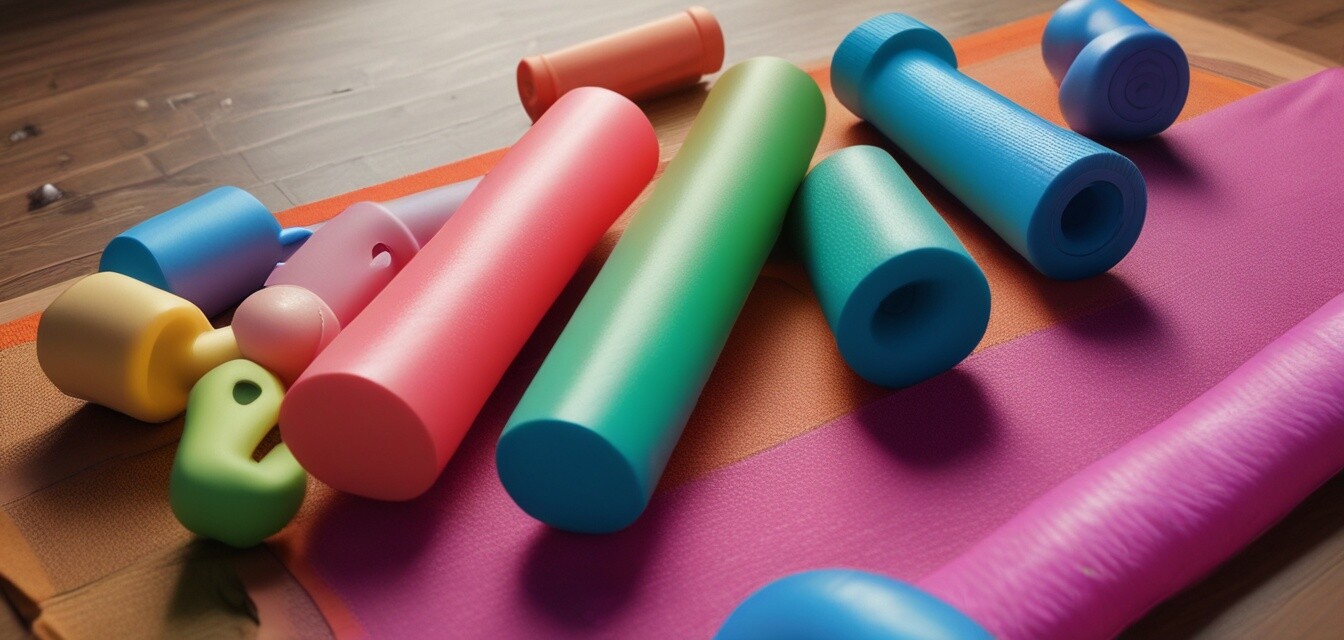
How to Use a Foam Roller for Recovery
Key Takeaways
- Foam rolling can reduce muscle soreness and improve flexibility.
- Proper technique is essential for effective use.
- Incorporate foam rolling into your warm-up and cool-down routines.
- Focus on major muscle groups for the best results.
- Stay hydrated and listen to your body while rolling.
Foam rolling is a popular technique among athletes and fitness enthusiasts aimed at enhancing recovery and reducing muscle soreness. Whether you just finished an intense workout or are looking to improve your flexibility, foam rolling can be an effective addition to your routine. In this article, we will explore how to use a foam roller effectively, offering practical tips to maximize its benefits.
Understanding Foam Rollers
Foam rollers come in various shapes, sizes, and densities, and they serve different purposes. Understanding the type of foam roller that's right for you is crucial for optimal use. Here’s a handy comparison table of different types of foam rollers:
| Type | Density | Best For |
|---|---|---|
| Smooth Foam Roller | Soft | General purposes, beginners |
| Textured Foam Roller | Medium | Targeting knots and trigger points |
| High-Density Foam Roller | Hard | Deep tissue massage and advanced users |
| Rumble Roller | Varied | Advanced muscle relief |
Benefits of Foam Rolling
Incorporating foam rolling into your fitness routine offers numerous benefits, including:
- Improved blood circulation.
- Enhanced recovery from workouts.
- Increased flexibility and range of motion.
- Reduced muscle soreness after exercise.
How to Use a Foam Roller Effectively
To maximize the benefits of foam rolling, follow these steps:
- Choose the right roller based on your experience level and muscle soreness.
- Start slowly and breathe deeply as you roll.
- Target one muscle group at a time for about 30-60 seconds.
- Adjust your body weight on the roller to find pressure that is effective but not painful.
- Roll slowly, stopping on any tight or sore spots to allow for deeper release.
- Incorporate foam rolling into both your warm-up and cool-down routines.
Target Areas for Foam Rolling
Focus on these major muscle groups for effective recovery:
- Quadriceps
- Hamstrings
- Glutes
- Calves
- IT Band
- Back (upper and lower)
Tips for Beginners
Getting Started with Foam Rolling
- Start with a softer foam roller to allow your body to get used to the sensation.
- Always keep your core engaged while rolling to maintain stability.
- Stay hydrated before and after foam rolling to flush out toxins.
- Make foam rolling a consistent part of your fitness routine for the best results.
Common Mistakes to Avoid
While foam rolling is beneficial, there are common mistakes that could hinder its effectiveness:
- Rolling too quickly — take your time to fully benefit from the process.
- Ignoring areas of tightness — focus on these areas to relieve tension.
- Using too much pressure — always maintain a comfortable level of pressure.
- Focusing only on one area — ensure to address multiple muscle groups.
Conclusion
Foam rolling is a versatile technique that can significantly aid in your recovery process. By understanding how to use a foam roller effectively and incorporating best practices into your routine, you can enhance your flexibility and reduce muscle soreness over time. Remember to stay consistent and listen to your body as you roll.
Pros
- Cost-effective recovery tool
- Portable and easy to use anywhere
- Improves overall muscle health
- Can be used for warm-ups and cool-downs
Cons
- Can cause discomfort for beginners
- Not suitable for everyone, depending on individual needs
- Requires some knowledge to be most effective
Related Resources
For more information on fitness products and recovery techniques, check out these other helpful resources: